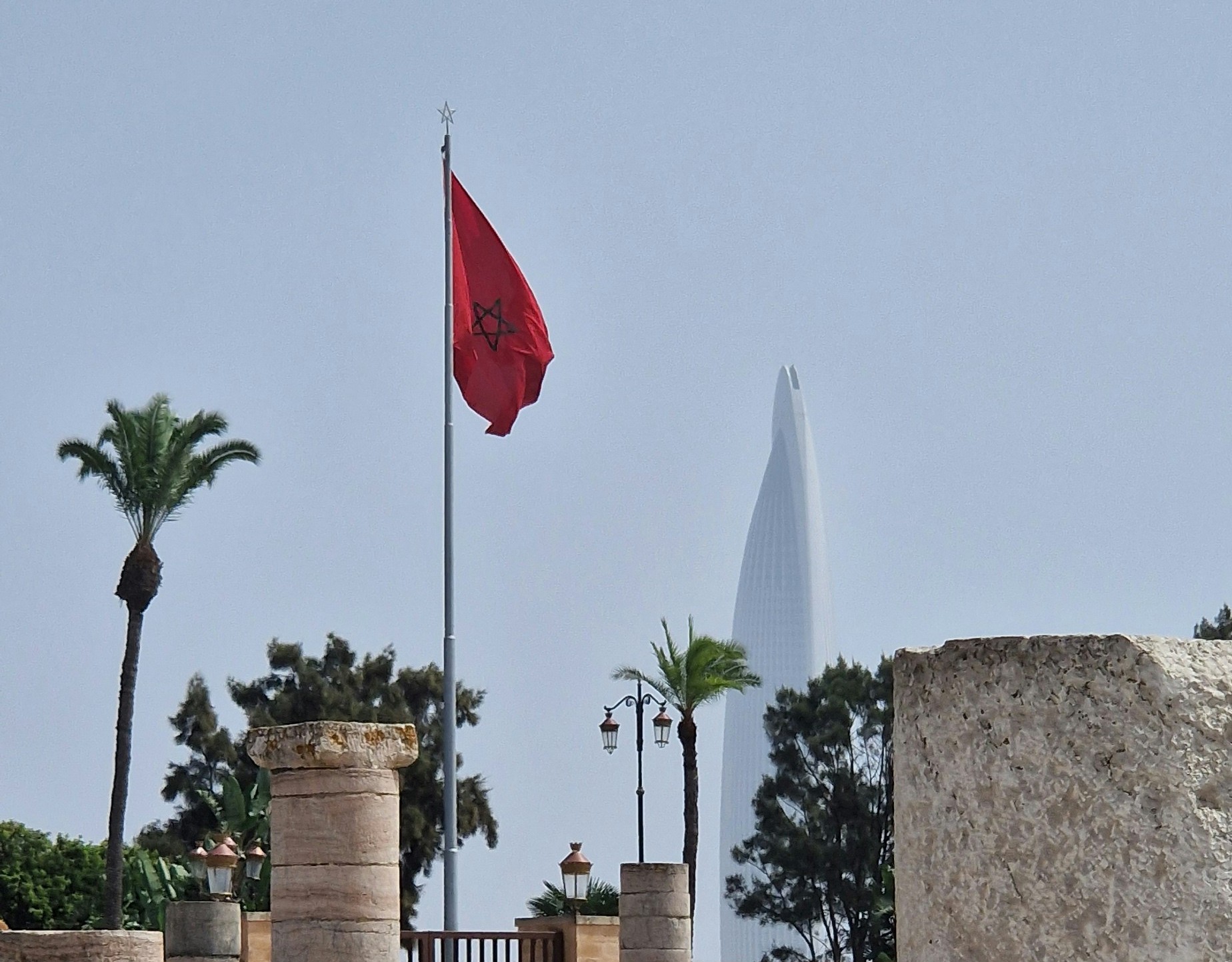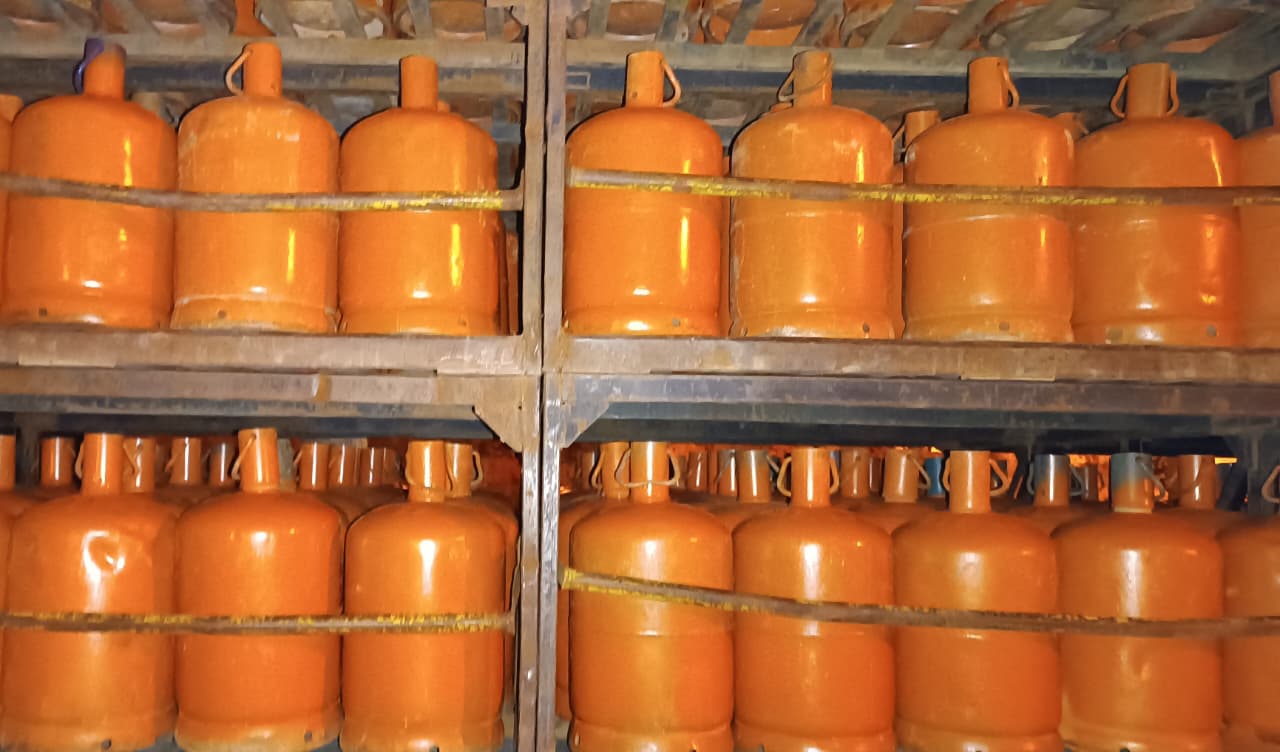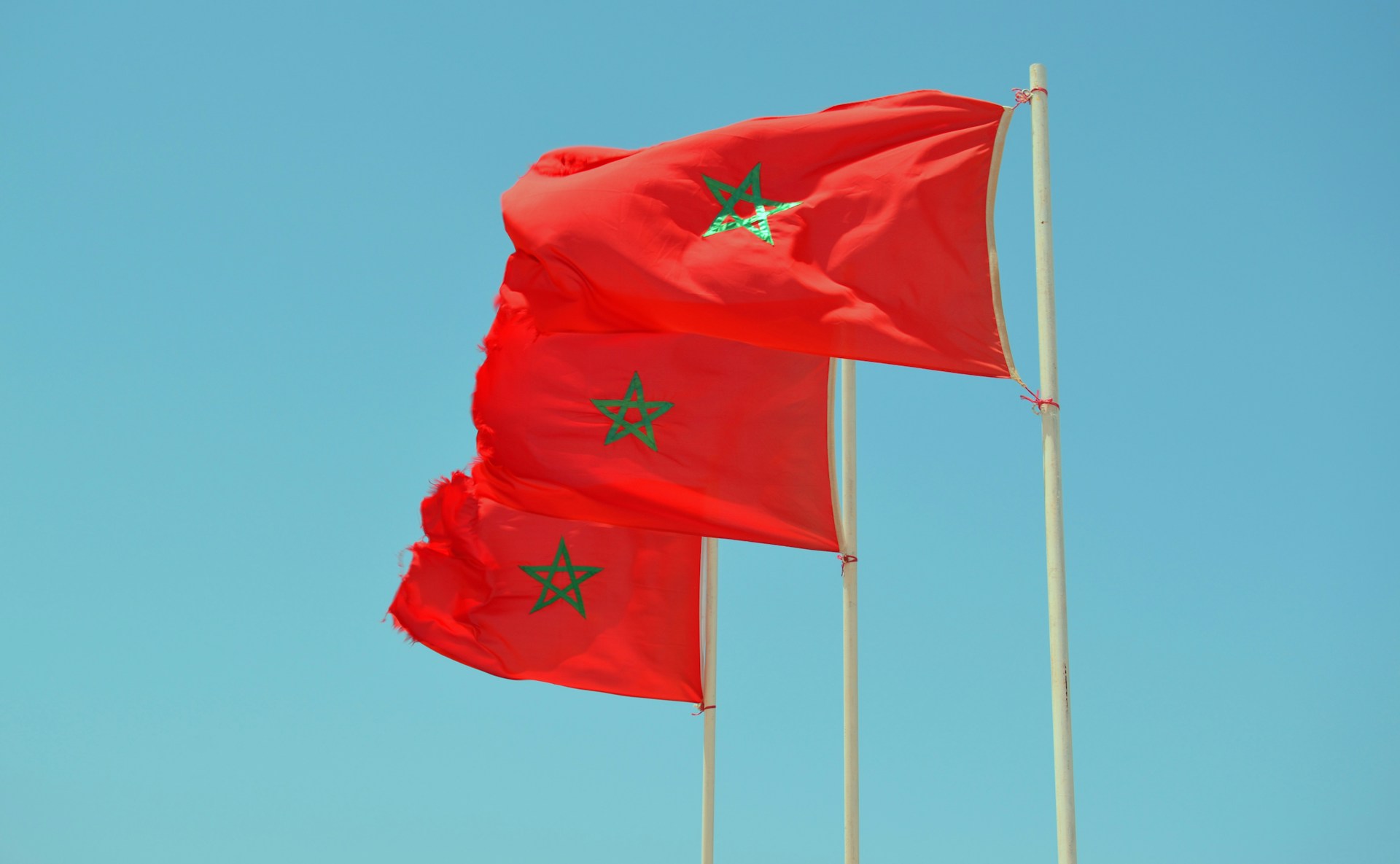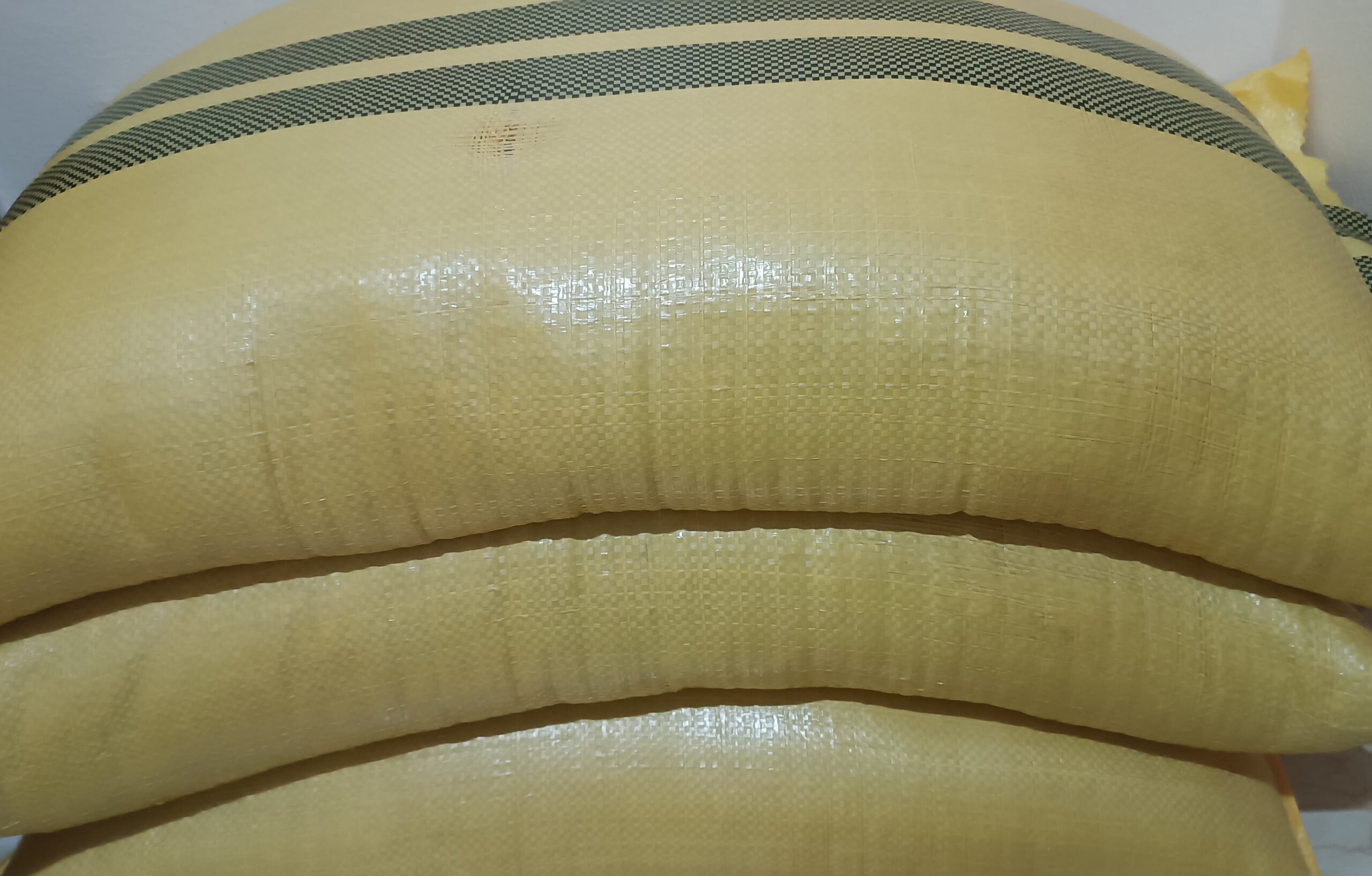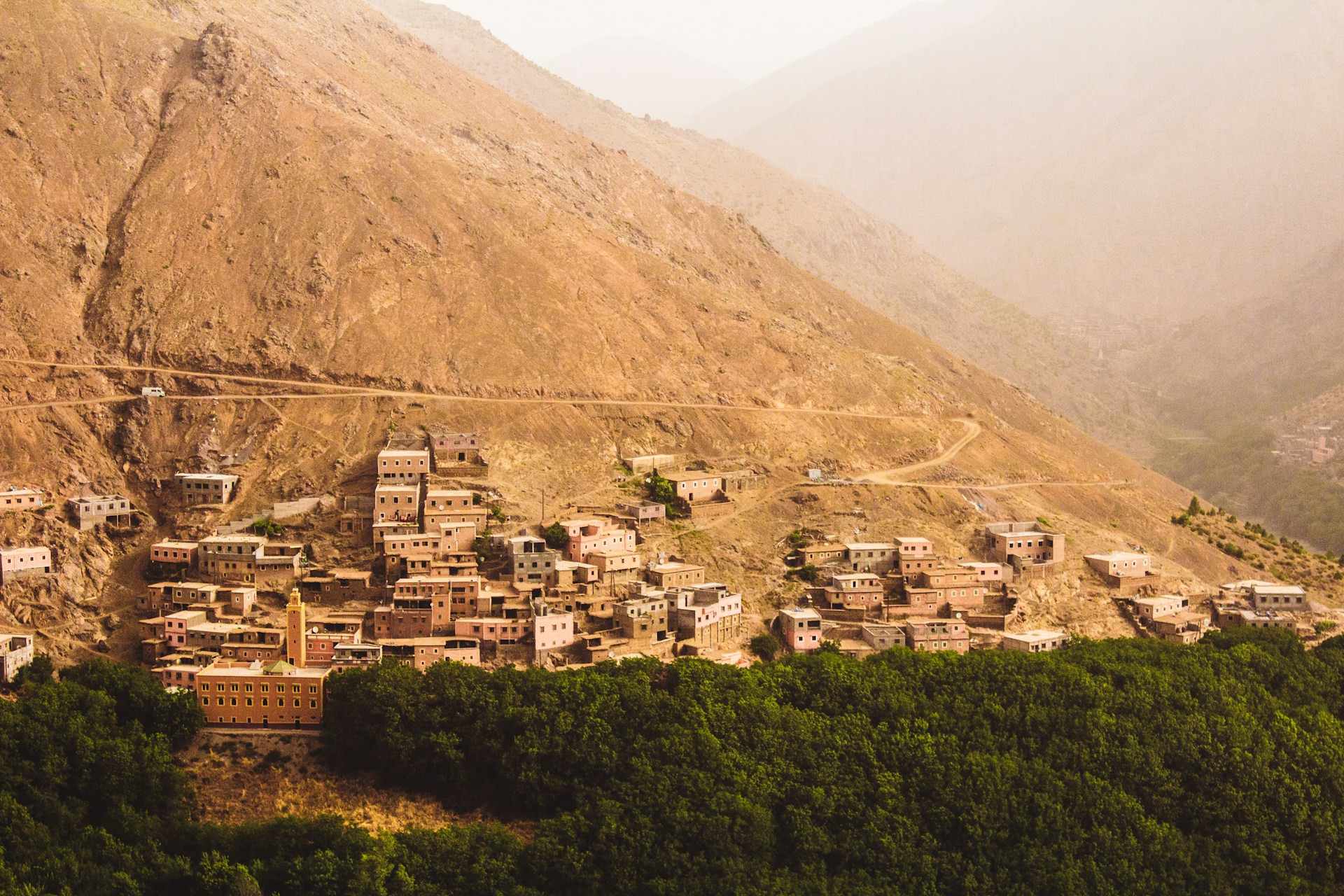Casablanca – As Morocco grapples with increasing water scarcity due to persistent drought and the impacts of climate change, the country is ramping up its cloud seeding efforts in a bid to increase rainfall and alleviate the water crisis. Cloud seeding, an advanced weather modification technique, has emerged as a crucial tool in Morocco’s strategy to counter diminishing water supplies, especially in critical agricultural and drought-prone regions.
What is cloud seeding?
Cloud seeding involves injecting clouds with chemicals such as silver iodide or sodium chloride (salt) to stimulate precipitation. This process encourages the formation of ice crystals within the clouds, which subsequently condense into rain or snow. The technique is usually carried out using aircraft equipped with specialized technology or ground-based generators that disperse the seeding agents into the atmosphere.
Why Morocco is turning to cloud seeding?
Morocco’s reliance on cloud seeding stems from the pressing need to mitigate the effects of prolonged drought and the increasing frequency of water shortages. Over the past decades, Morocco has experienced recurring periods of severe drought, which have placed significant strain on the country’s water resources, affecting both agricultural output and the availability of drinking water.
The Moroccan government initiated its cloud seeding efforts in 1984 with the launch of the “Al Ghait” (rain) program under the late King Hassan II. This project was designed to counteract the devastating effects of drought by artificially boosting rainfall levels, primarily in regions where water reservoirs are crucial for irrigation and urban supplies. After several years of trials in collaboration with U.S. experts, the program gained momentum.
Recently, the urgency to enhance this program has grown, as climate change exacerbates water scarcity across the country. Rising temperatures, shifting precipitation patterns, and increased demand for water have all contributed to Morocco’s decision to scale up its cloud seeding operations.
Expanding the project
In light of these challenges, the Moroccan government has allocated approximately $10.5 million to expand the cloud seeding initiative by 2025. This expansion includes the creation of 12 new cloud seeding sites and the establishment of two key operational centers in Tensift-Al Haouz and Souss Massa. These additions will bring the total number of seeding sites across the country to 47, supported by seven major operational centers.
The primary objective of the “Al Ghait” program is to increase rainfall by as much as 20% in targeted areas, especially those surrounding vital water reservoirs. By focusing on mountainous regions and other areas where cloud seeding has proven effective, the initiative aims to enhance the availability of water for both agriculture and urban populations.
Financial investment and expected outcomes
Between 2021 and 2023, the Moroccan government invested an additional $16.5 million into the cloud seeding program. For the current year, an additional $1.75 million has been allocated to further develop the program’s reach and efficiency.
The program typically operates from November to April, with an average of 22 cloud seeding operations conducted annually. The process is highly technical, involving careful analysis of atmospheric conditions such as wind currents, cloud density, and humidity to ensure optimal results.
While cloud seeding is seen as an environmentally friendly solution, as it does not negatively impact soil or water quality, its success depends on the presence of conducive atmospheric conditions.
A Leading regional initiative
Thanks to its experience with the “Al Ghait” program, Morocco has emerged as a regional leader in artificial rainmaking. The country has offered its expertise to other African nations, including Mali, Burkina Faso, and Senegal, which have all sought Morocco’s assistance in implementing cloud seeding programs to mitigate the threat of drought and boost agricultural production.
Challenges and controversies
Despite the program’s positive intentions, cloud seeding has sparked debate both within and outside Morocco. Some scientists remain skeptical about the technique’s long-term effectiveness, citing difficulties in conclusively determining whether increased rainfall is directly attributable to cloud seeding or natural weather patterns. Additionally, there are concerns about its potential geopolitical implications, particularly from neighboring Spain, which has expressed unease over Morocco’s cloud seeding activities.
Moreover, the ethical use of this technology has come under scrutiny, with fears that it could be employed for purposes beyond its original intent, as seen historically in other countries. However, environmental experts assert that cloud seeding, when used responsibly, can play a vital role in combating the growing global water crisis.
In the face of ongoing drought and the looming threat of climate change, Morocco is taking bold steps to secure its water future through the expanded use of cloud seeding technology. With significant financial investment and a strategic focus on regions most vulnerable to water scarcity, the country is positioning itself as a leader in weather modification while also offering hope to other drought-stricken nations. However, the success of this program will depend on careful management and continued scientific evaluation to ensure its long-term viability.




